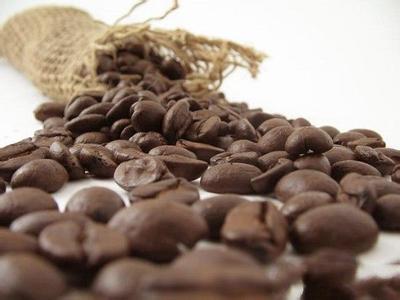Turkish coffee that captures the hearts and minds of coffee culture
Coffee in the ancient Middle East, like the legend of 1001 nights, like a veiled girl with a thousand faces, can not only help get close to God, but also wash the spring of sadness. When it comes to coffee, we have to mention Turkish coffee in the Middle East, because no matter from the perspective of Islam or Christianity, the origin of coffee is in the remote and mysterious Middle East. During the thirteenth and fifteenth centuries, for as long as three hundred years, it was a forbidden role of Islamic religion. Coffee was officially introduced into Turkey in the 16th century, began to be commercialized, and quickly spread to the European continent. This coffee drinking method, commonly known as Turkish coffee or Arabica coffee, which is popular in Greece, Eastern Europe, the Middle East and North Africa, still retains the mystery of early religious rituals. The traditional practice of Turkish coffee is to grind roasted black coffee beans into fine powder, put sugar and cold water into a red copper coffee brewer like a deep spoon (IBRIK), cook slowly over low heat, after repeated stirring and adding water, about 20 minutes later, a small cup of 50 CC fragrant and strong coffee is finished.

As the local people drink coffee is not filtered, this cup of coffee, which is as thick as broth, is poured into the cup with sticky foam on the surface and precipitated coffee grounds at the bottom of the cup. In the Middle East, being invited to someone's house for coffee represents the most sincere respect of the host, so in addition to praising the mellow coffee, guests should also remember not to drink water even if they have a mouth full of coffee grounds, because it implies that the coffee is not good. Arabs drink coffee slowly, and they even have a set of exquisite coffee ways, just like the Chinese tea ceremony, when drinking coffee, they not only burn incense, but also sprinkle spices, smell incense, and have a dazzling array of coffee pot utensils. More full of Arabian Nights style. A cup of Middle Eastern coffee with cloves, cardamom and cinnamon is full of fragrance when it is hot. No wonder Arabs praise it: musk attracts the soul.
Important Notice :
前街咖啡 FrontStreet Coffee has moved to new addredd:
FrontStreet Coffee Address: 315,Donghua East Road,GuangZhou
Tel:020 38364473
- Prev

Cultural History of Fine Coffee Coffee Communication History (2)
The first European description of coffee in 1573 was through German doctors staying in Syria. In the second half of the 16th century, the European people who traveled on the east coast of the land gradually spread. The British East India Company was established in 1660 and the East India Company was established in the Netherlands in 1602. The East India Company refers to the trade between Asia and Europe, South Asia and the East in the 17th and 19th centuries.
- Next

Coffee etiquette of drinking coffee in small culture
The coffee you drink after a meal is usually served in a pocket cup. The ear of this kind of cup is so small that you can't get your fingers out. But even if you use a larger cup, don't put your finger through the ear and carry the cup. The correct way to hold a coffee cup is to hold the handle of the cup by your thumb and forefinger and then pick up the cup. How to add sugar to coffee when adding sugar to coffee, the sugar can be scooped out with a coffee spoon
Related
- How did the Salvadoran coffee industry develop in Central America?
- What exactly does the golden cup extraction of coffee mean?
- The Origin of Coffee flower
- [2023 Starbucks World Earth Day] there are more meaningful things besides free Starbucks coffee!
- What kind of coffee is there in Spain? 9 Flavors of Spanish Coffee
- Aromatic African coffee| Kenya's coffee culture and historical production area
- Liberica Coffee Bean knowledge: the characteristics of Liberian Coffee beans of the three original species of Coffee beans
- The origin and formula of Spanish latte introduces the taste characteristics of Bombon coffee in Valencia, Spain.
- How to adjust the solution of over-extracted coffee
- What is the tasting period of coffee beans? What is the period of coffee and beans? How should coffee wake up and raise beans?

